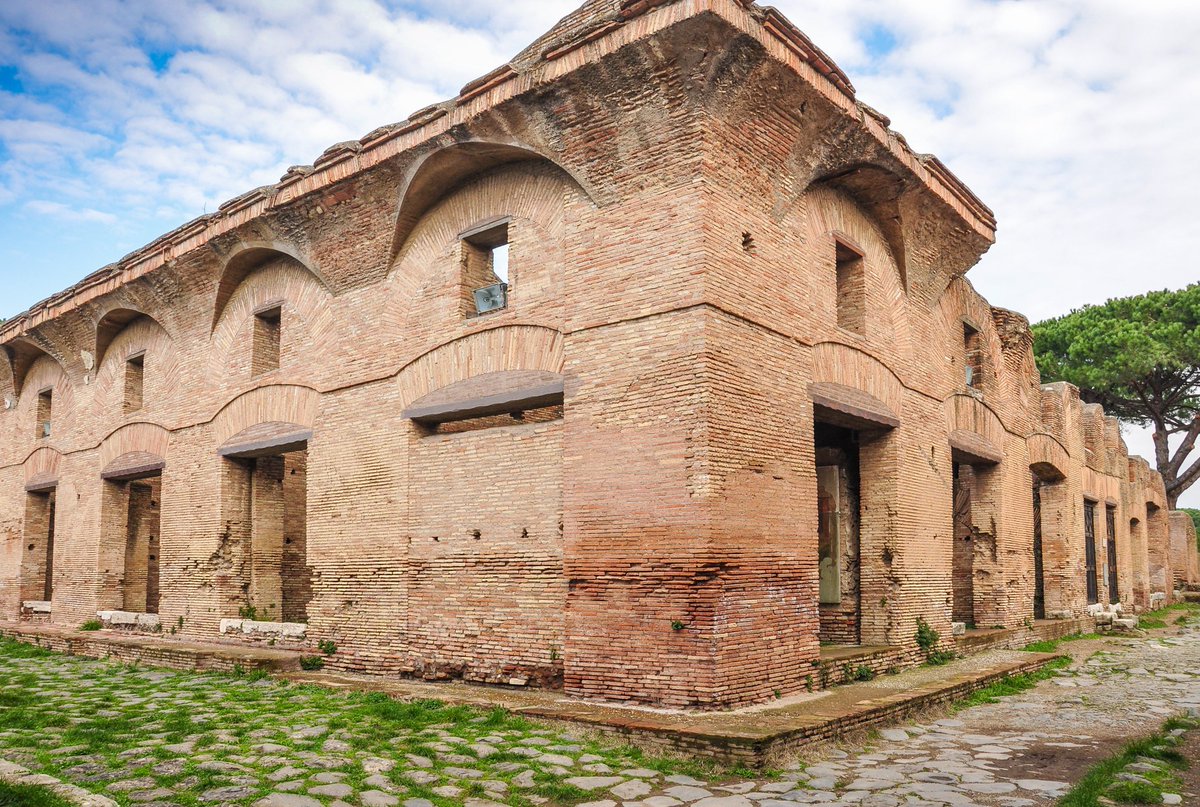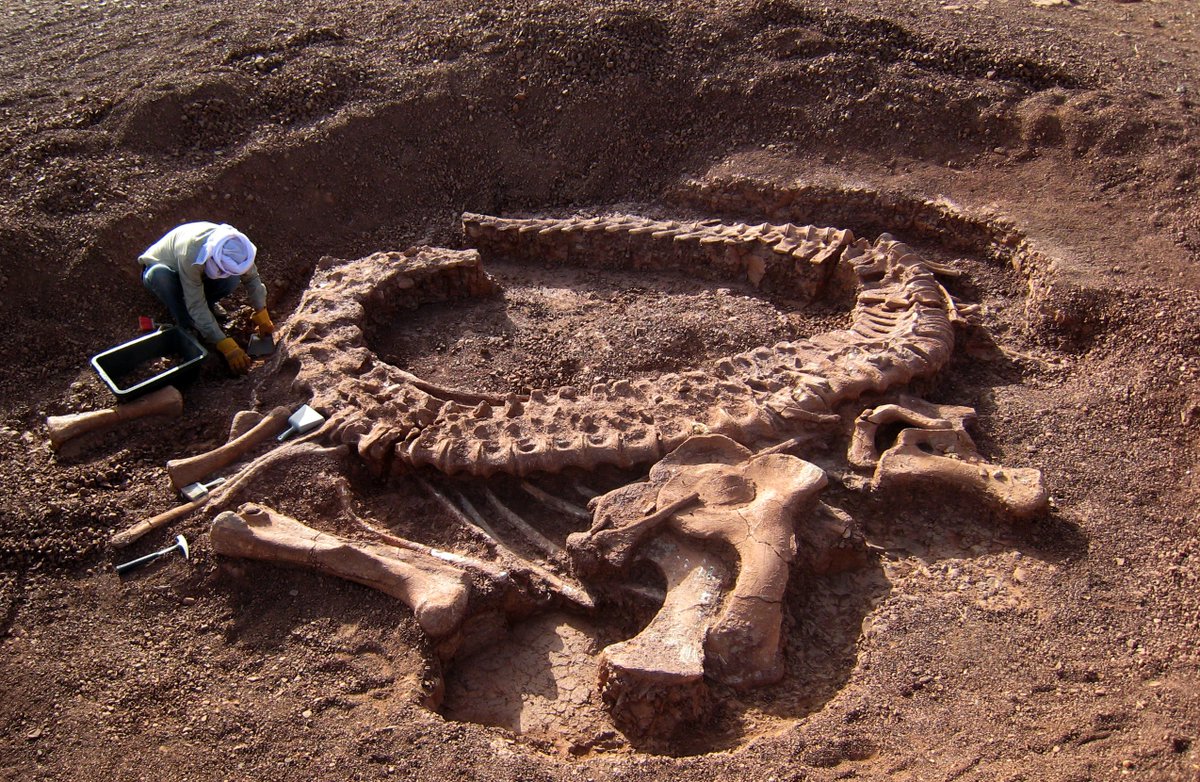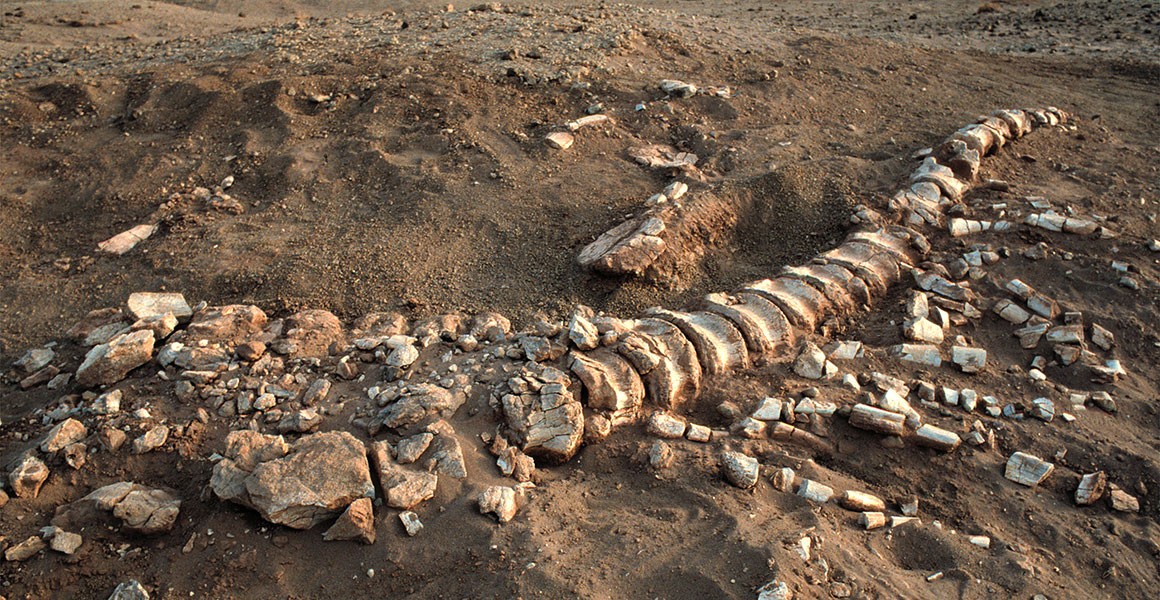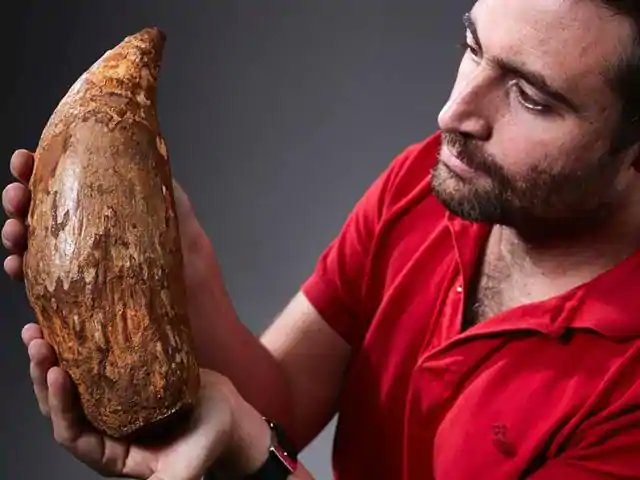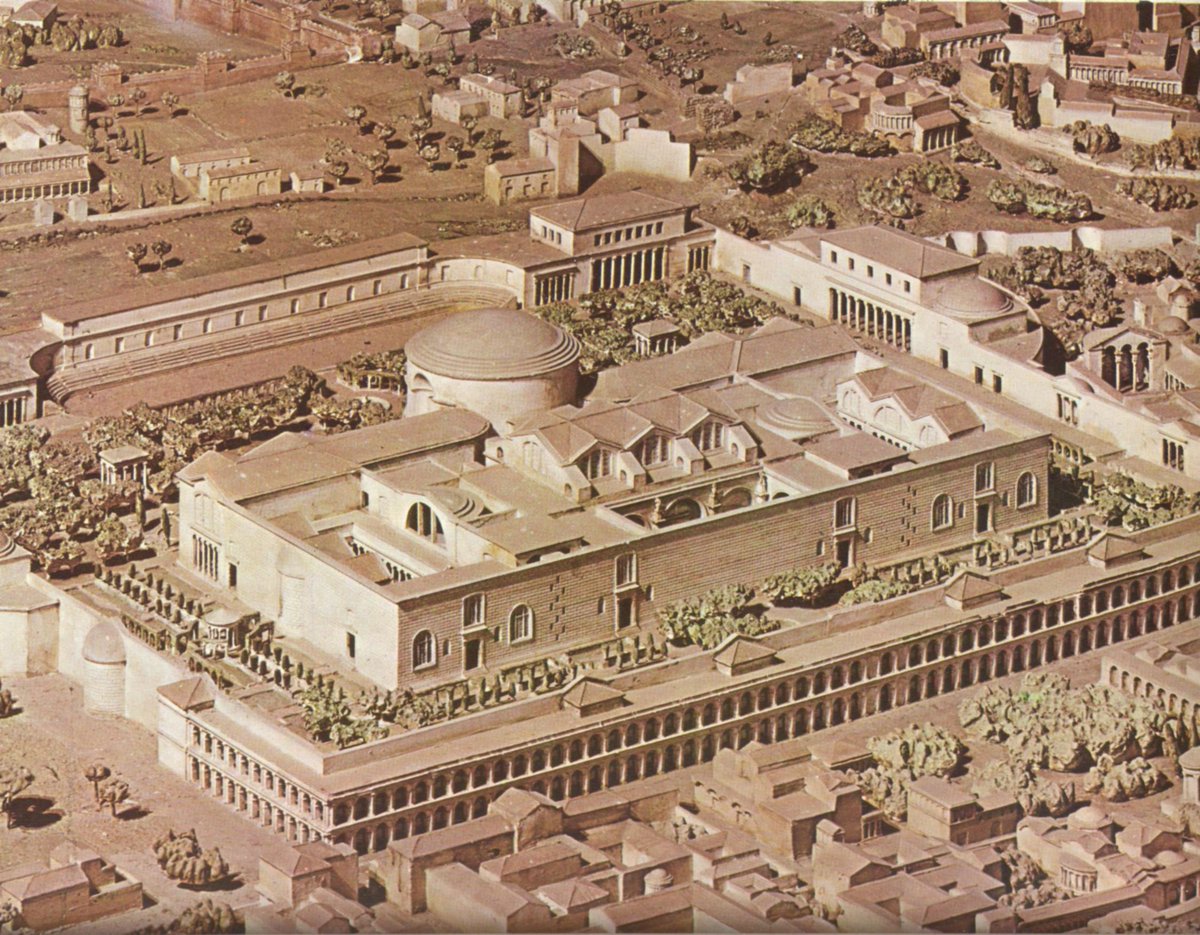
Thread: A breathtaking aerial view of Nero's vast Domus Aurea, completed in 68 AD. Nero's sprawling urban pleasure-palace covered by some estimates over 300 acres of central Rome, on real estate conveniently cleared by the catastrophic Great Fire in 64 AD. (Images by Katatexilux) 

2) Construction of Nero's extravagant 'Golden House' scandalised the age; Tacitus wrote that Nero "treated the entire city as his own palace", while Suetonius called the palace complex "ruinously prodigal".. 

3) At the heart of the palace, bordered by magnificent porticoed colonnades, lay a huge artificial lake (stagnum Neronis) - upon which Nero held floating feasts on boats. With the completion of his Golden House, Nero claimed he could "finally begin to live like a human being." 
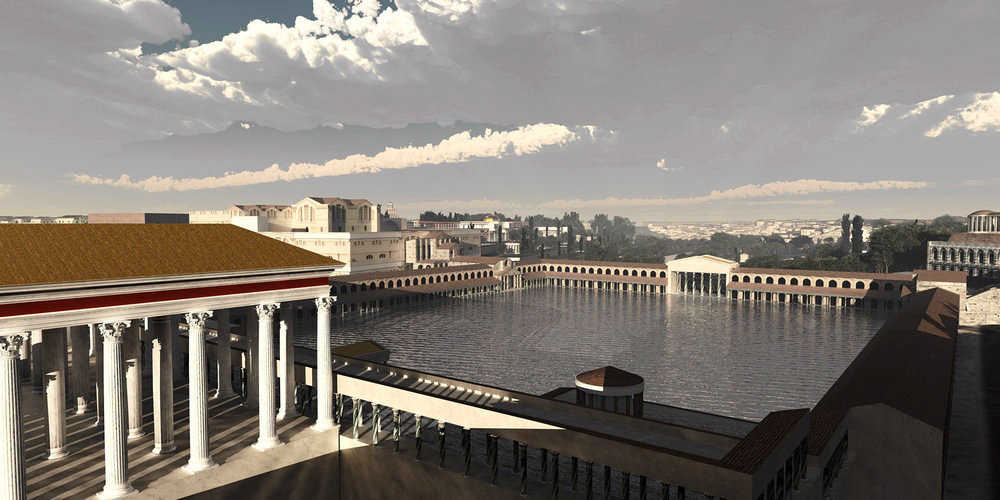
4) A view across Nero's lake towards the Palatine and distant Capitoline Hill. After Nero's death, the Flavian dynasty would symbolically reclaim the area for the people, filling in the lake to use it as the site of their new Flavian Amphitheatre or as we know it, The Colosseum.. 

5) The palace also featured landscaped gardens, vineyards, wild groves and pastures where animals grazed. Tacitus wrote that the palace dared to challenge ‘the veto of nature’ by transferring the 'countryside to the centre of the city' (rus in urbe).. 

6) Nero had his architect Severus and engineer Celer include revolutionary concrete domes in his new palace and decorated the interiors with the most exotic marbles from around the empire, seen here adorning the enigmatic octagonal court. 

7) The Golden House may be seen more as an entertainment complex than a residence - an architectural celebration of culture and the arts; comprising 300 rooms without any known sleeping quarters. 'The Room of the Red Vault' may have functioned as an art gallery of sorts.. 
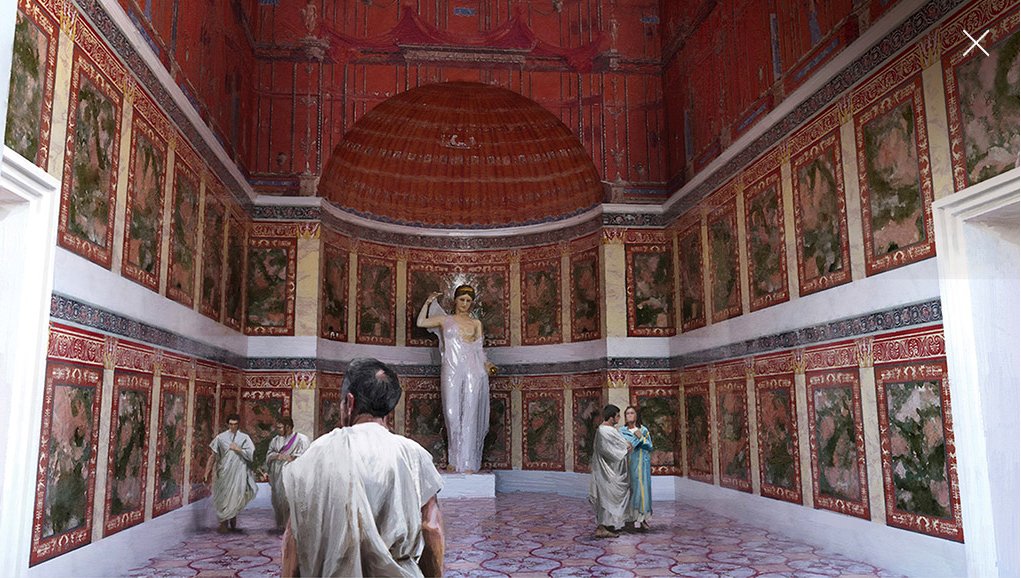
8) Despite being condemned by his critics for building such an obscenely large palace on previously public land, it is thought that much of Nero's Domus Aurea, with its galleries and parks (horti), may have been open for the public to enjoy, like some modern royal residences.. 
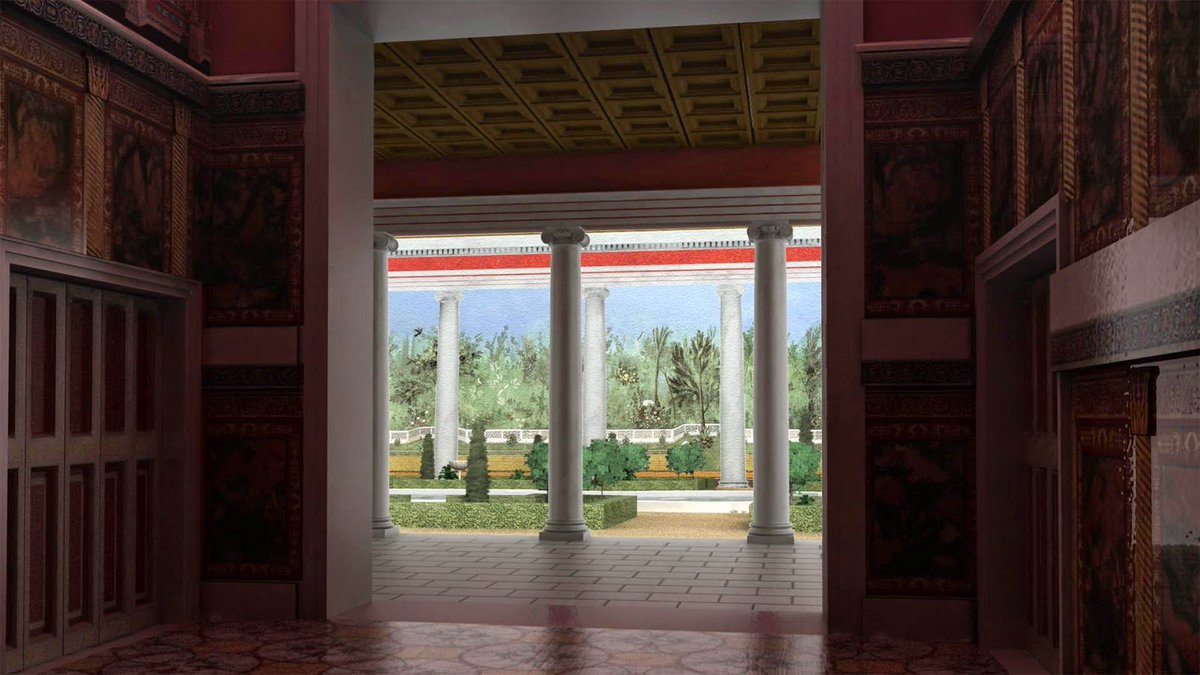
9) Nero commissioned the famed fresco artist Famulus to paint the halls of the palace; when its underground ruins were discovered in the 15th century, the fourth style frescoes proved a revelation to Renaissance artists, studied and copied by both Michelangelo and Raphael. [END] 


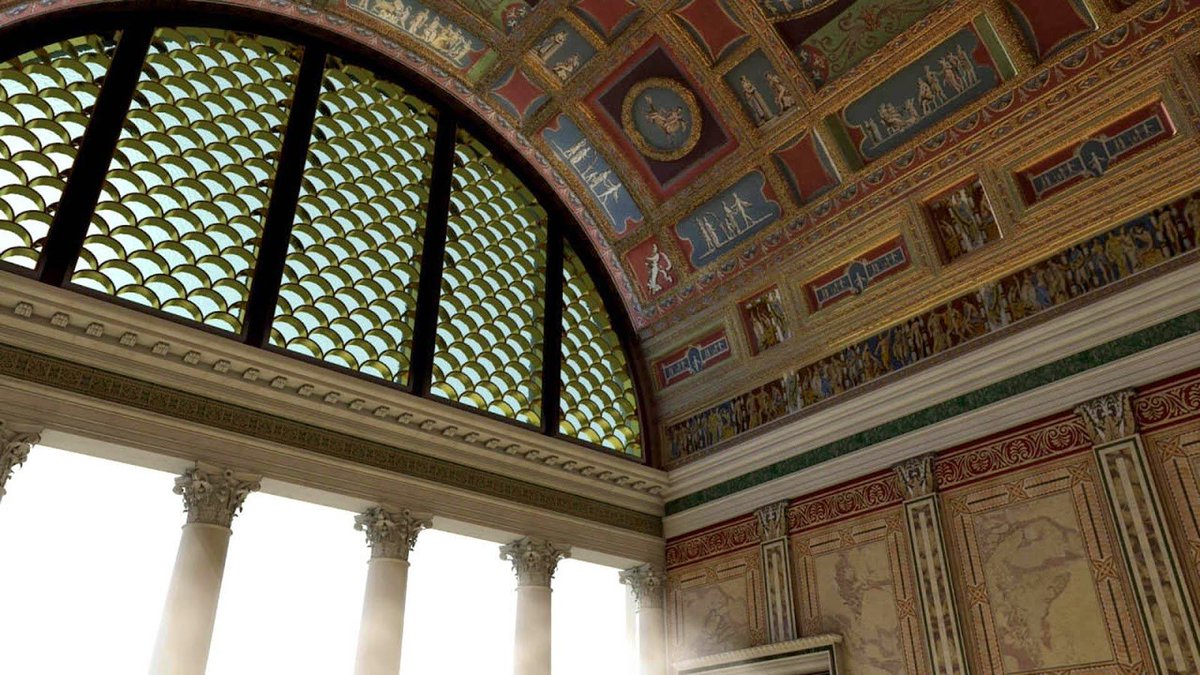
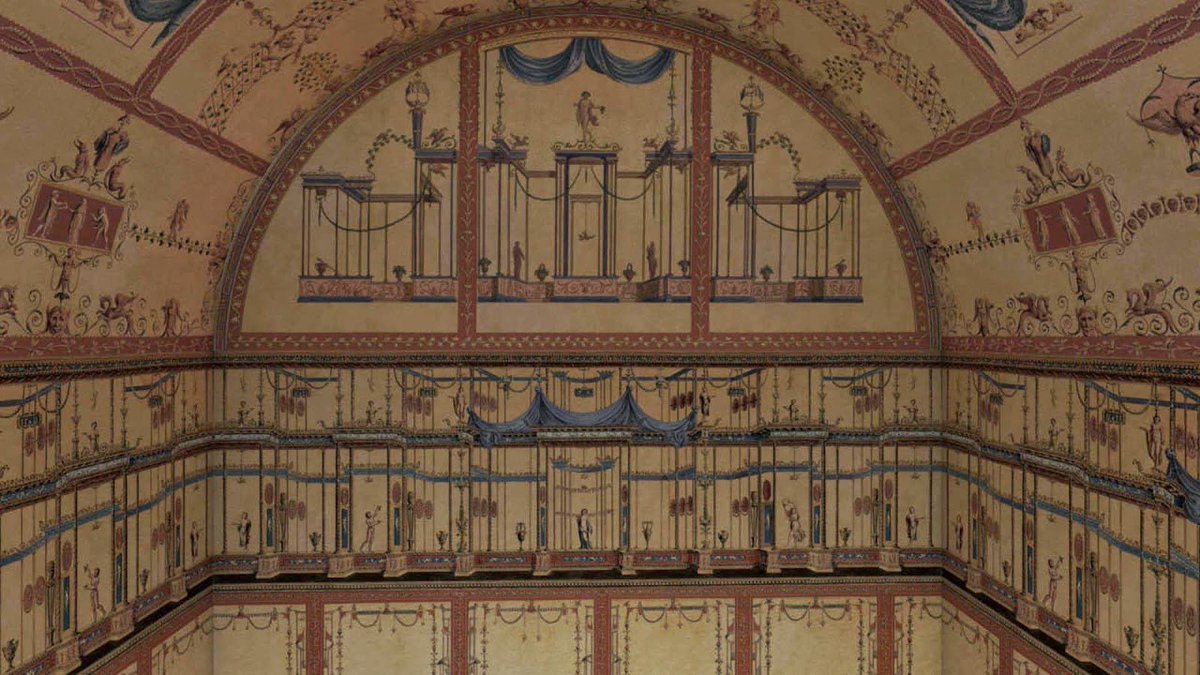
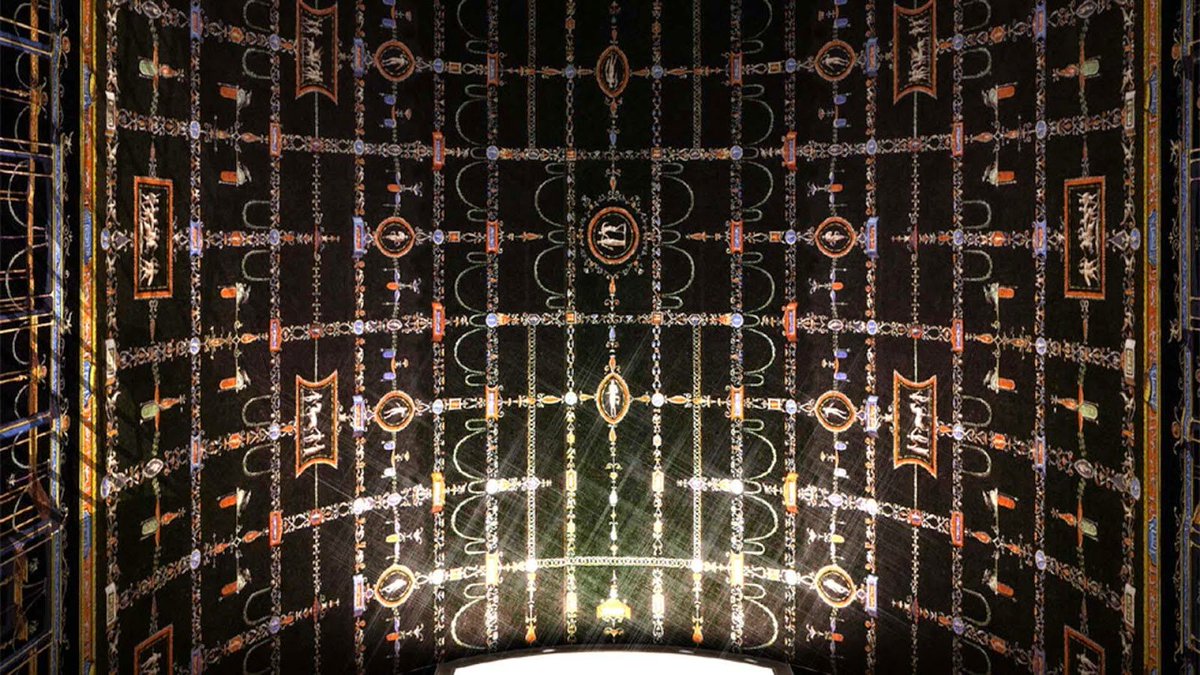
• • •
Missing some Tweet in this thread? You can try to
force a refresh


